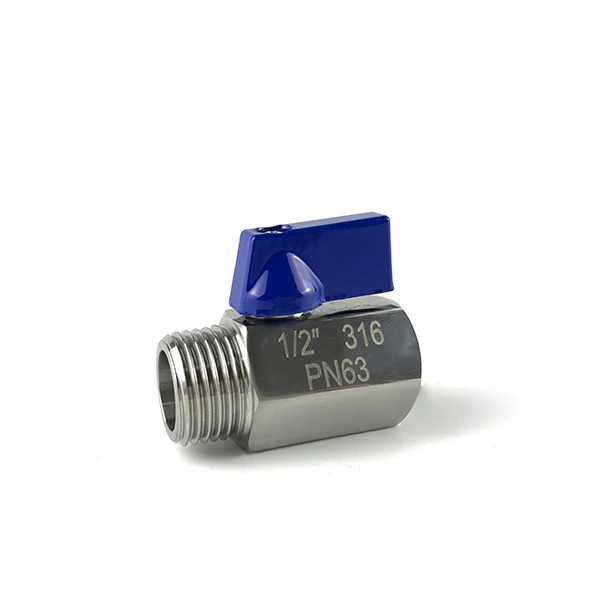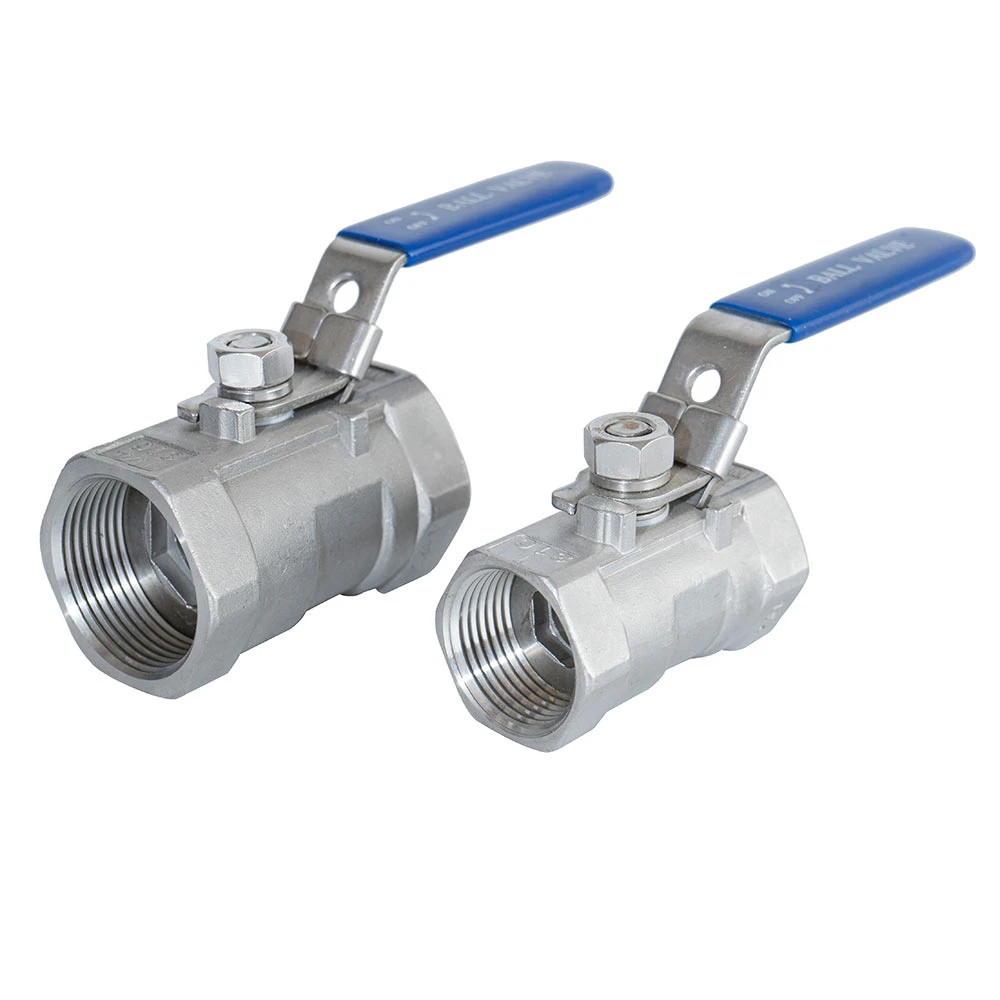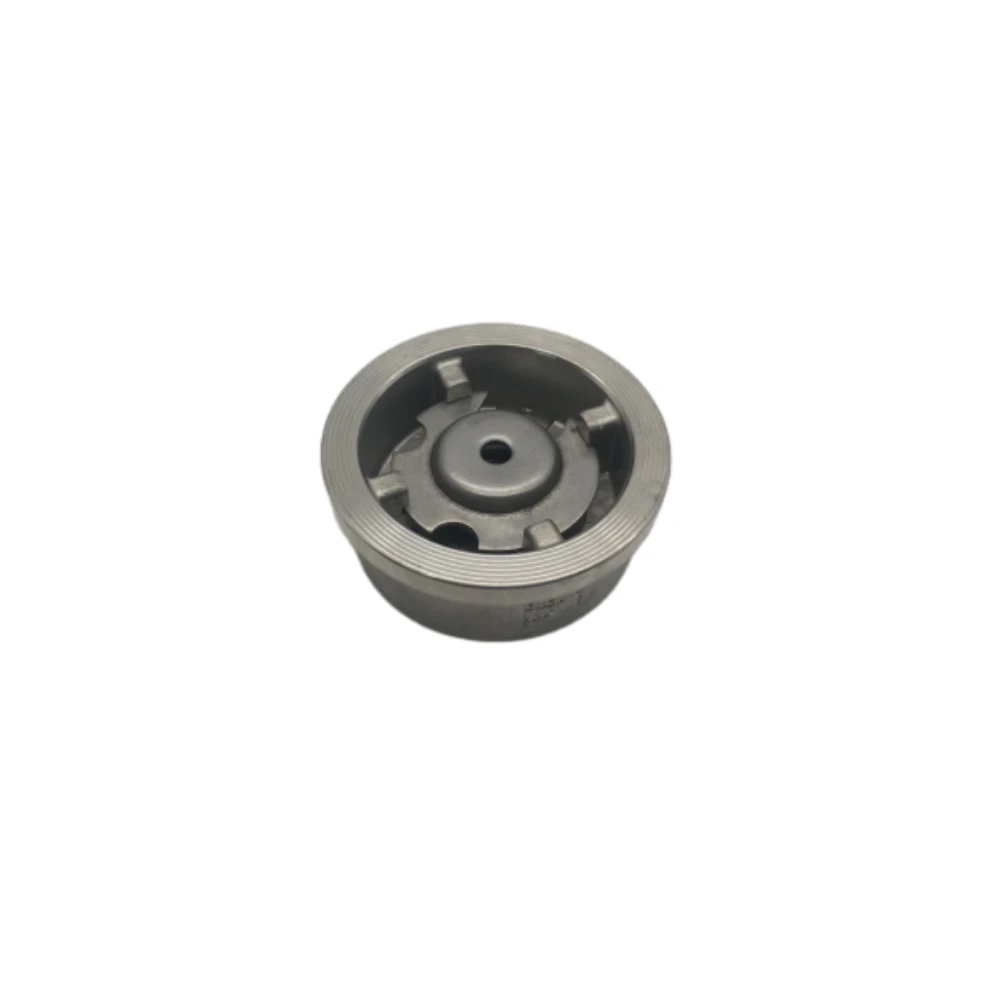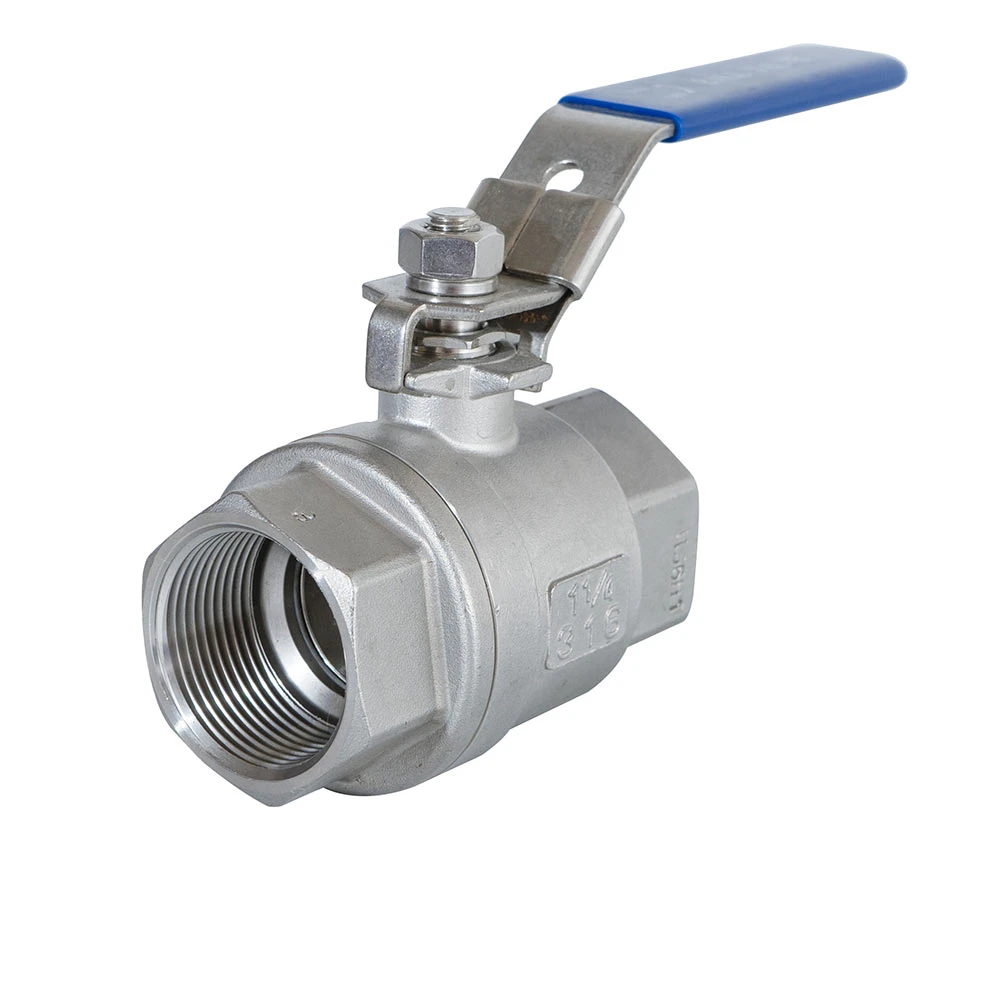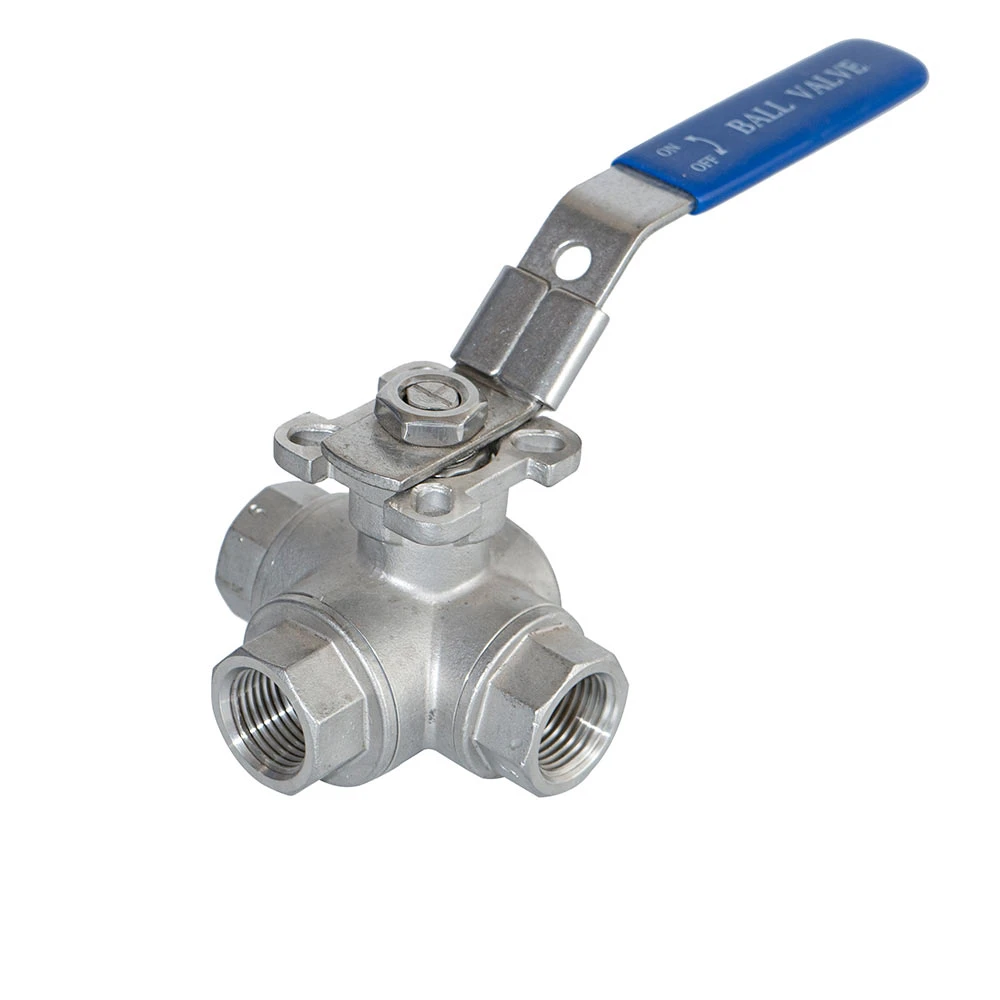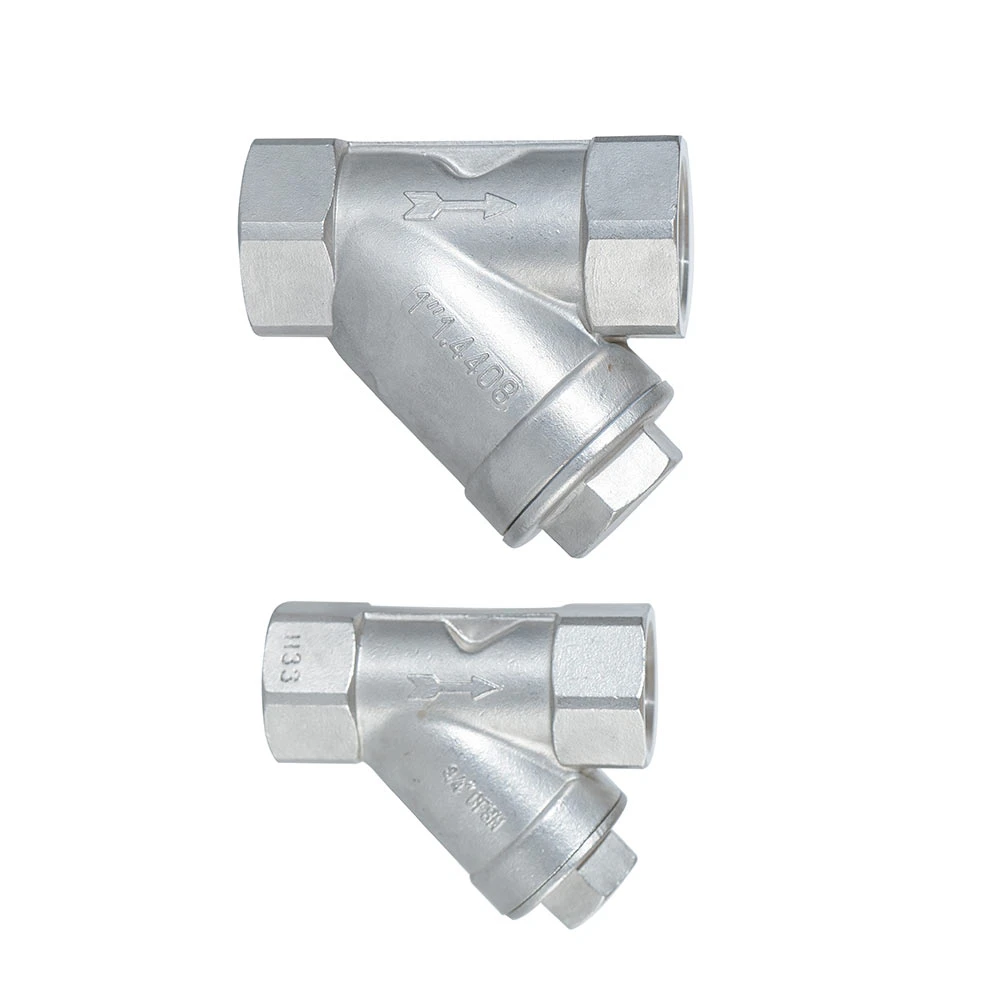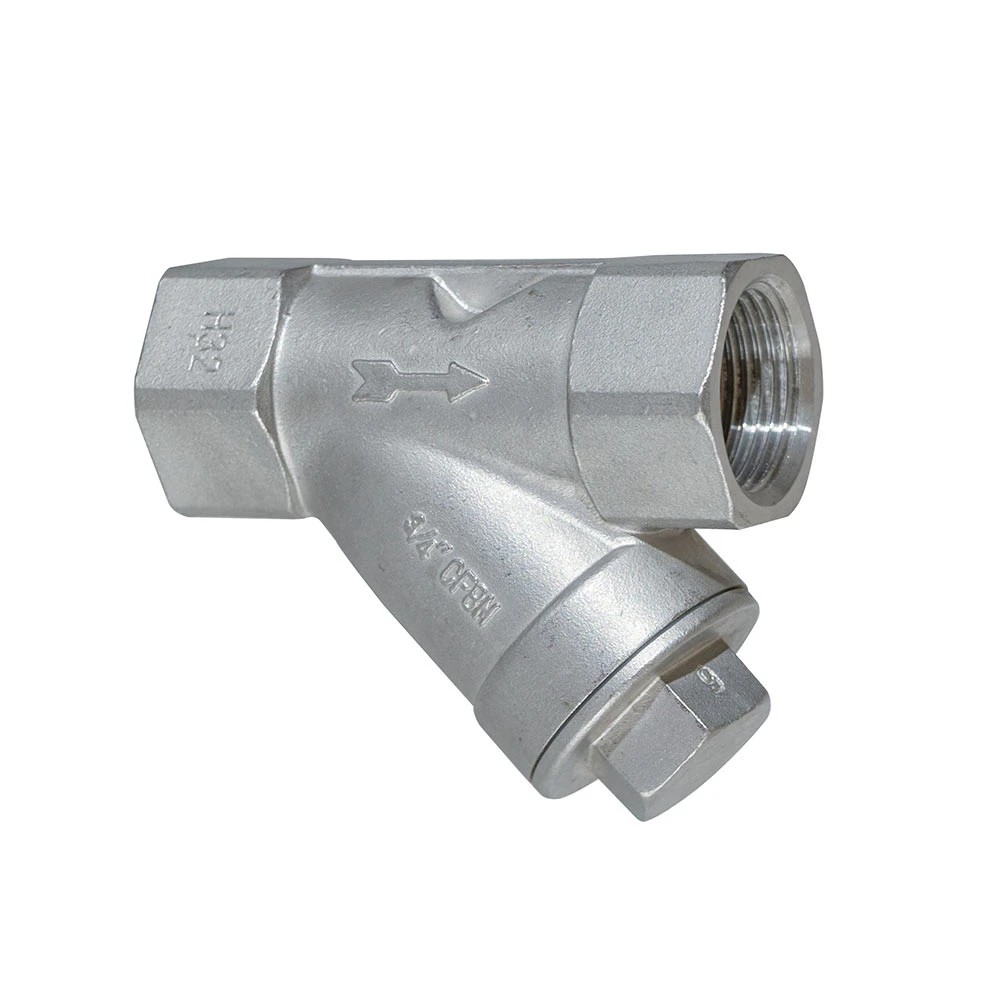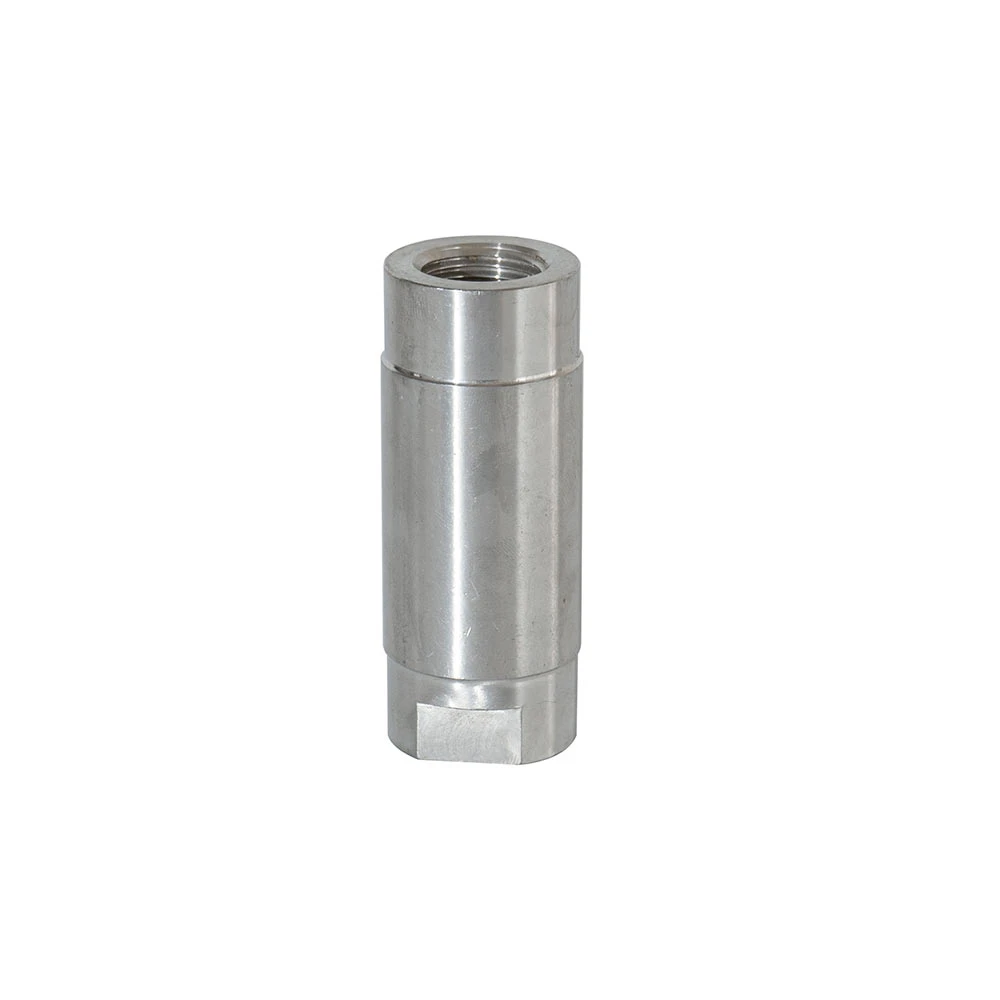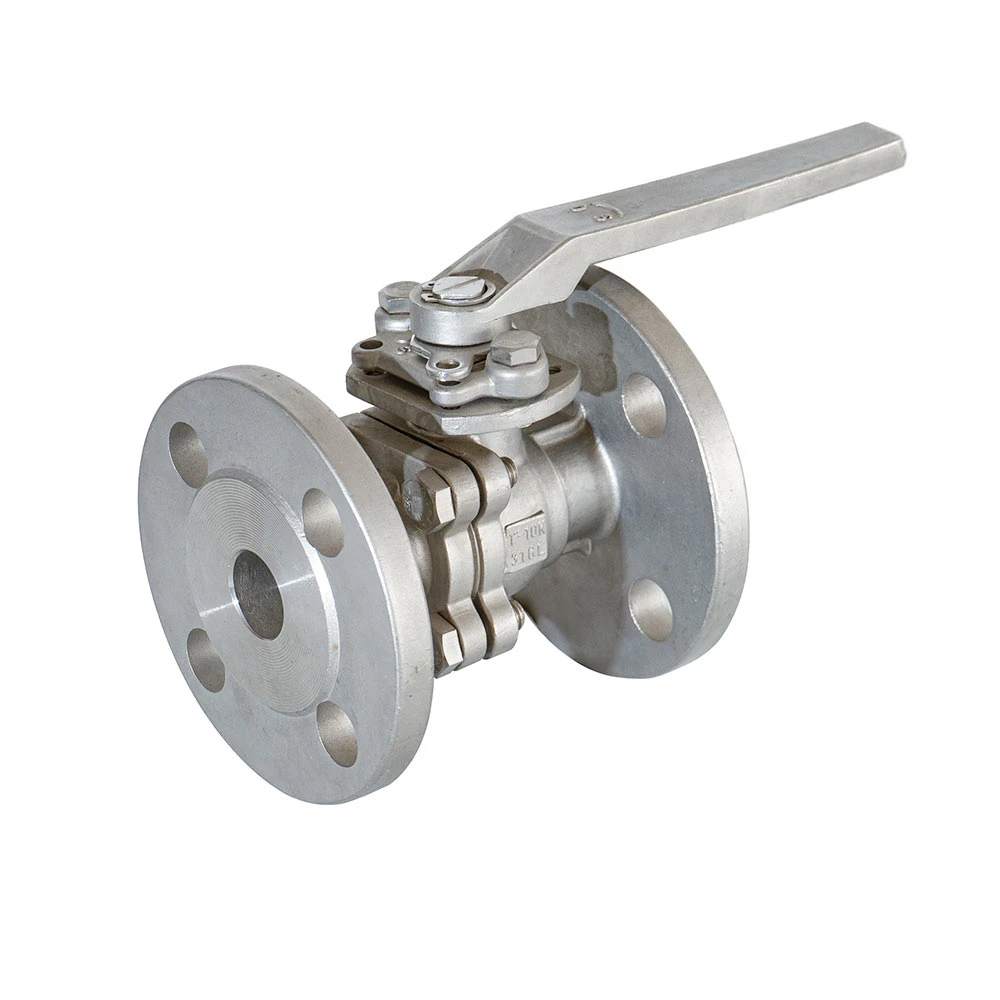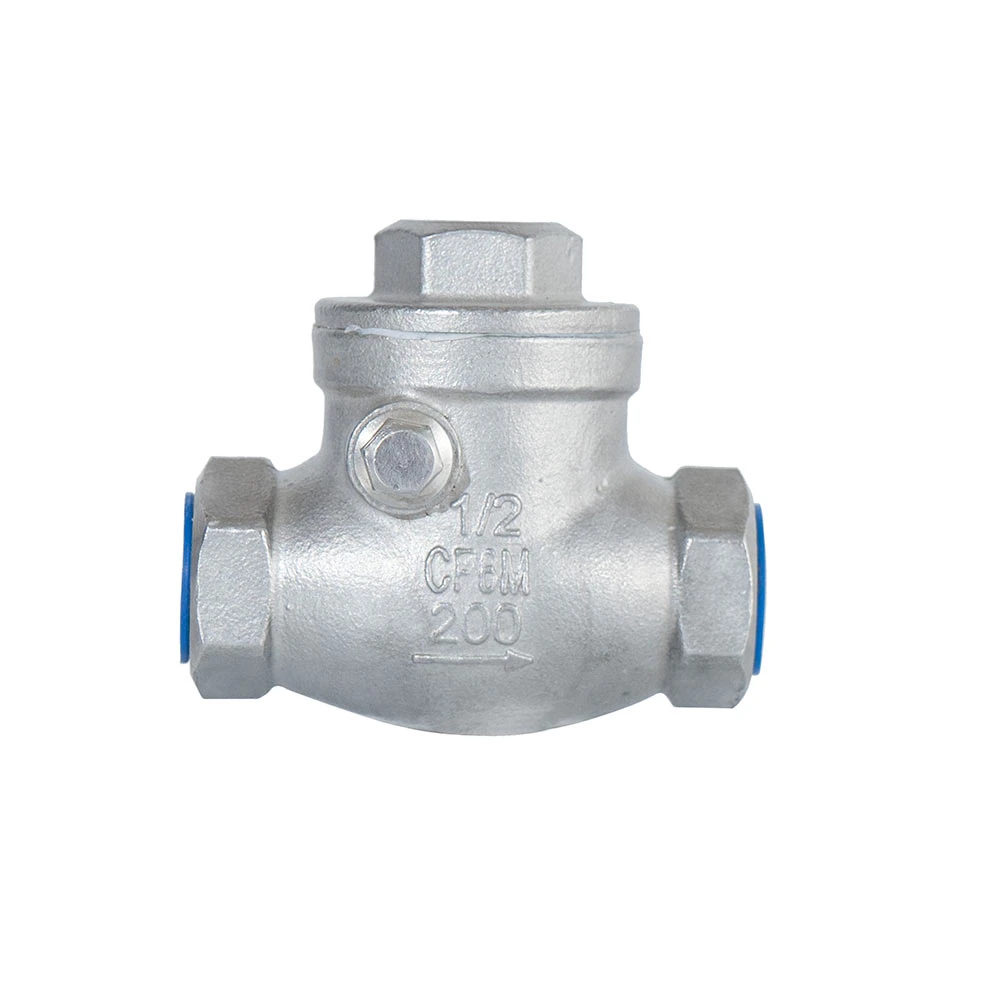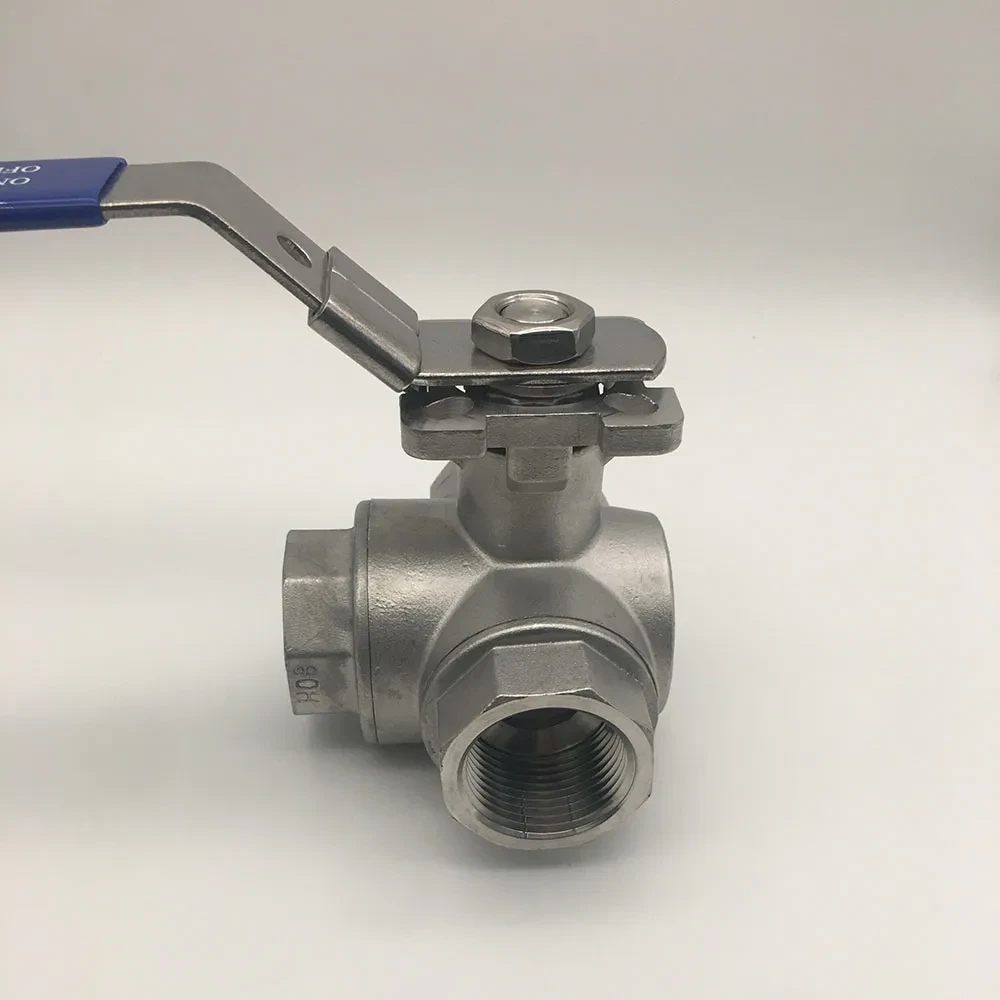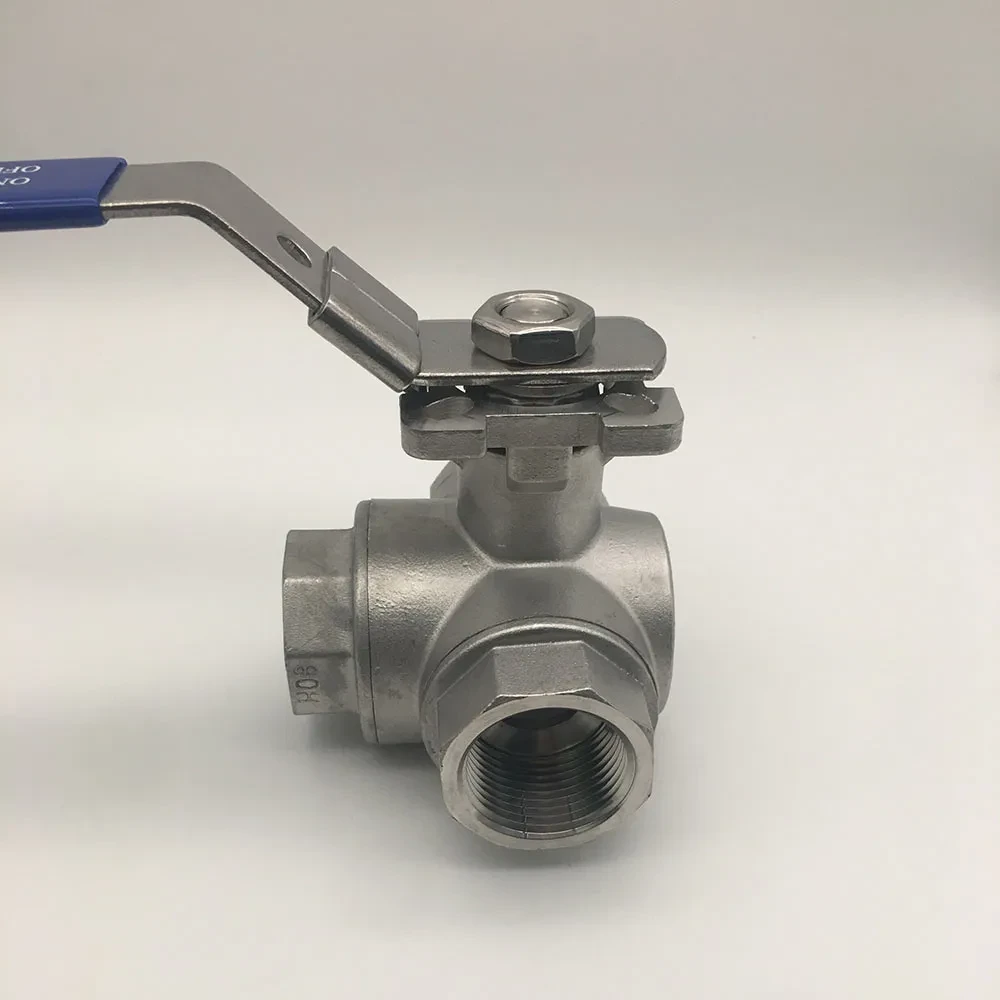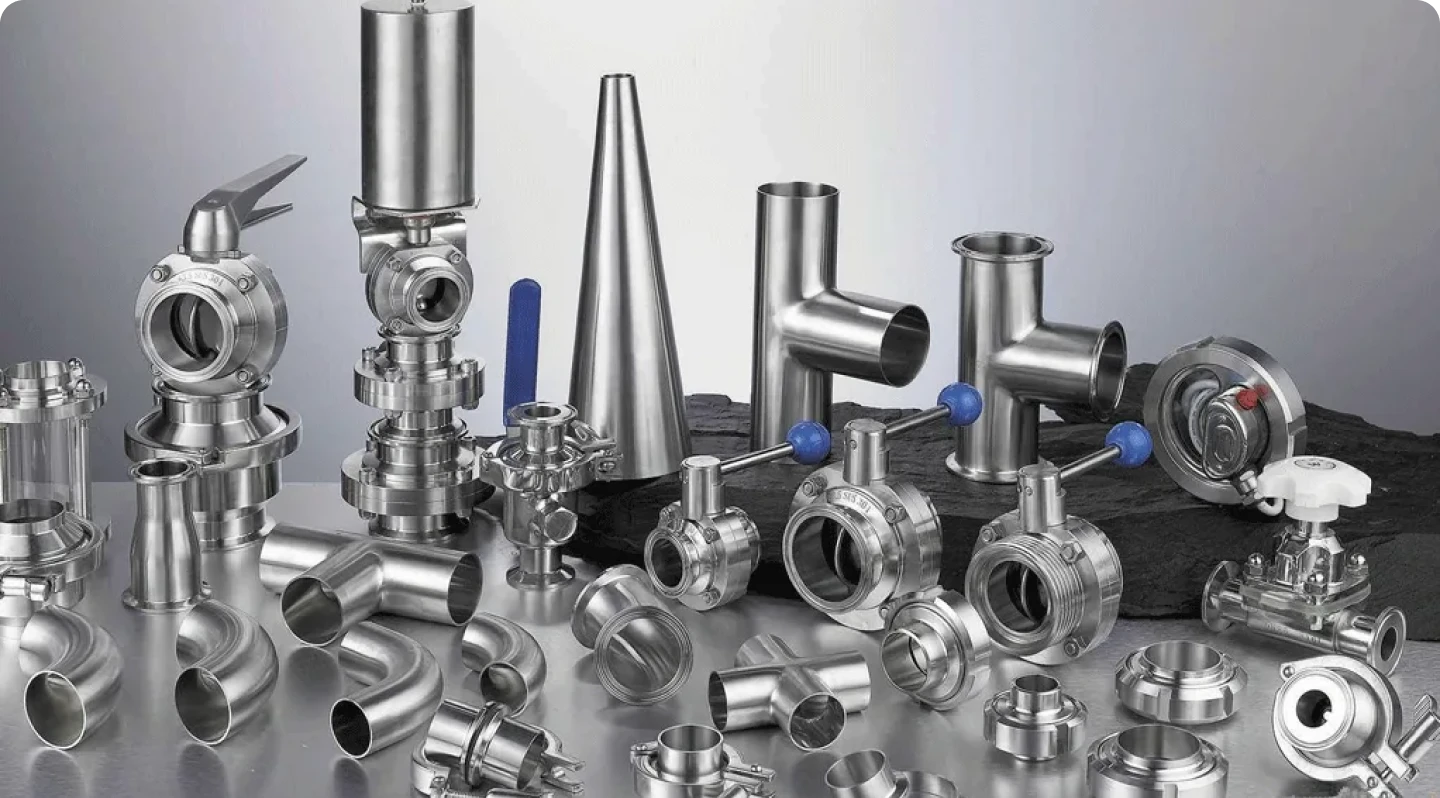The Y Spring Vertical Check Valve represents a significant advancement in industrial valve technology. Engineered for optimal backflow prevention in vertical pipe configurations, this valve design combines mechanical efficiency with enhanced durability. For specialized flow control applications requiring precision engineering, the Y Spring Vertical Check Valve offers a reliable solution that outperforms traditional swing check designs.
At Cangzhou Houde Stainless Steel Products Co., Ltd., we've perfected the engineering of these valves to meet rigorous industrial standards. Our research indicates that modern plants increasingly prefer Y Spring Vertical Check Valves for mission-critical installations due to their compact design, reduced pressure drop characteristics, and superior response time compared to conventional alternatives.
The Y Spring Vertical Check Valve utilizes a precisely calibrated spring mechanism that enables immediate closure upon flow reversal. This design principle significantly decreases the risk of water hammer effects - a common problem in older check valve designs. As explained in the Journal of Fluid Engineering: "Spring-assisted check valves represent a quantum leap in transient pressure control, effectively reducing hydraulic shock events by up to 83% compared to swing types" (ASME, 2022).
Technical Specifications and Parameters
The mechanical superiority of Y Spring Vertical Check Valves stems from their carefully engineered specifications. Our in-house testing facility has verified the following performance parameters across various configurations:
| Parameter | Specification | Testing Standard | Performance Range |
|---|---|---|---|
| Pressure Class | 150LB to 900LB | ASME B16.34 | Max 1,500 PSI |
| Temperature Range | -50°F to 500°F | ASTM A351 | -46°C to 260°C |
| Flow Coefficient (Cv) | 45 to 780 | ISA-75.01.01 | High Flow Efficiency |
| Body Materials | CF8M, WCB, Alloy 20 | ASTM Standards | Multi-material Options |
| Spring Mechanism | Inconel X-750 | ASTM B637 | Corrosion Resistant |
| Seal Types | Buna-N, Viton®, PTFE | API 598 | Low Leakage Rates |
| Closure Speed | <300 milliseconds | ISO 5208 | Fast Response |
Industry research consistently shows that modern Y Spring Vertical Check Valves reduce operational energy costs by 4-7% compared to traditional designs due to optimized flow dynamics and reduced pressure losses. Proper specification ensures maximum performance and operational life.
Performance Characteristics and Data Visualization
Understanding the performance curves and operational parameters of Y Spring Vertical Check Valves is essential for system design engineers. The following charts illustrate critical relationships between pressure drop, flow velocity, and valve sizing:
Industrial Applications and Installation Scenarios
The operational versatility of Y Spring Vertical Check Valves enables their use across diverse industrial sectors. Through our installation projects worldwide, Houde has documented superior performance in these critical applications:
Power Generation Facilities: In cooling tower feed systems, Y Spring Vertical Check Valves effectively prevent backflow in vertical piping configurations. The spring-assisted closure ensures immediate response during power failure events. The Turbomachinery & Control Journal notes: "Spring-loaded vertical check valves have become essential components in modern power plant safety systems, especially for boiler feedwater control" (TMCJ, 2023).
Chemical Processing: Highly corrosive environments demand the specialized metallurgy used in our Y Spring Vertical Check Valves. Our valve body configurations utilize CF8M stainless steel or duplex materials compatible with acids and caustics. The Y Spring Vertical Check Valve design ensures zero leakage compliance in toxic fluid handling per ASME B16.34 standards.
Water Treatment Plants: For pump discharge lines in vertical orientation, our Y Spring Vertical Check Valves provide low head-loss solutions that reduce energy consumption by up to 5% compared to conventional swing types. AWWA-compliant models feature NSF-approved materials for potable water systems.
HVAC Systems: In high-rise building applications, compact Y Spring Vertical Check Valves ensure proper fluid directionality in vertical riser configurations. The spring mechanism eliminates water hammer effects in chilled water systems, protecting piping infrastructure.
Product Gallery

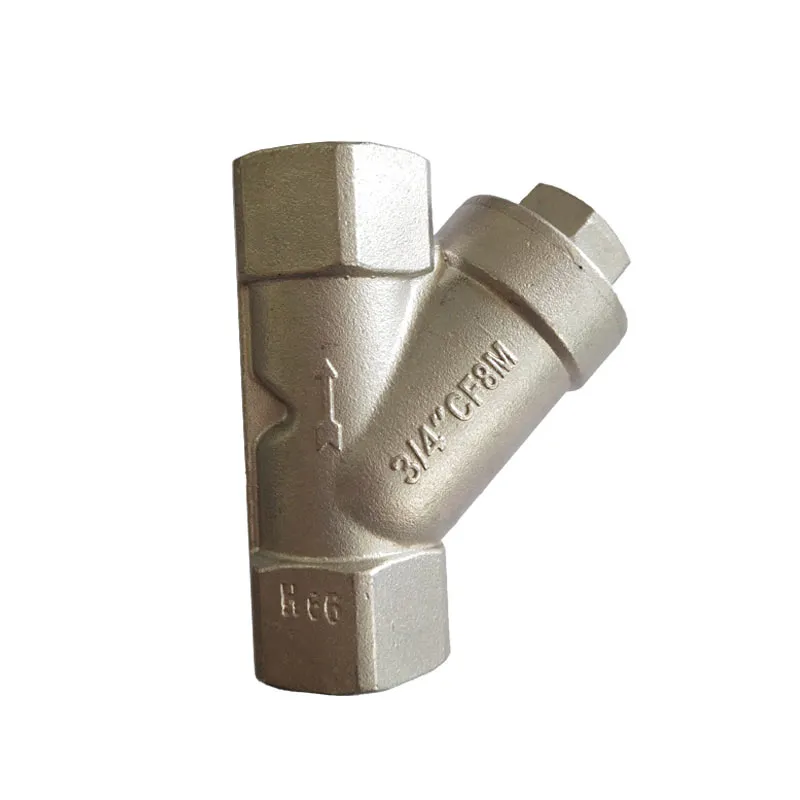
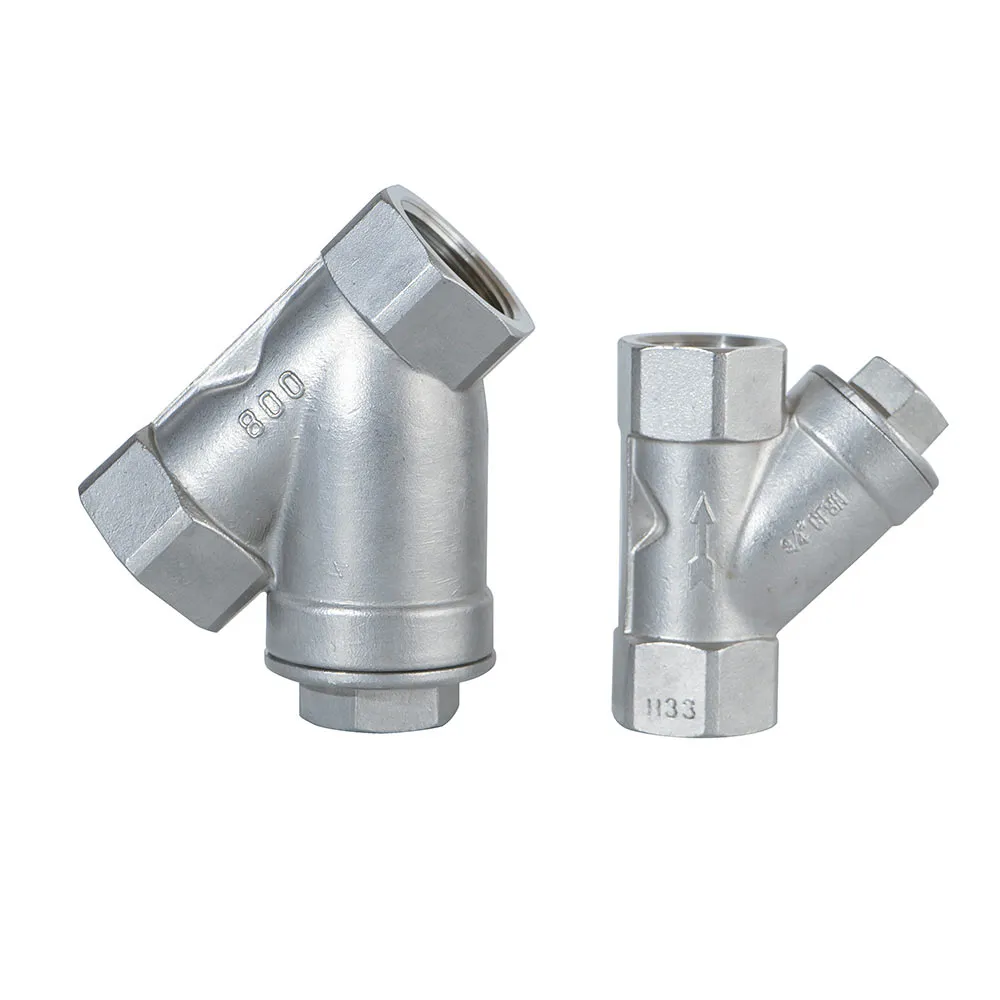
Professional Technical FAQ
- Precision spring calibration for minimum closing time (<300ms)
- Counterweight or dampener options on large sizes
- Flow-guided discs to prevent slamming
- Backpressure-assisted closure systems
- Annual external inspection for signs of leakage or corrosion
- Disc travel verification every 3 years
- Spring torque testing every 5 years
- Internal inspection during system shutdowns
- Replacement of seal elements at 10-year intervals
- Design: ASME B16.34, API 594, BS 1868
- Testing: API 598, ISO 5208, MSS SP-61
- Materials: ASTM A351, A182, A240
- End Connections: ASME B16.5, B16.47
- Fire Safety: API 607/6FA
- Calculate the required Cv value for the application
- Determine flow turbulence levels at all operating points
- Verify pump shut-off head characteristics
- Analyze system transients and surge potential
- Select valve size with ±15% flow capacity margin
Industry Trends and Technical Innovation
The valve manufacturing sector has evolved significantly over the past decade, with spring-assisted designs leading in innovation. According to the International Journal of Pressure Vessels & Piping: "Advanced spring check valve technology has demonstrated 35% reduction in maintenance costs and 19% longer service life compared to previous generation designs" (IJPVP, 2023).
Future developments focus on Y Spring Vertical Check Valves with integrated monitoring systems. Cangzhou Houde will introduce IoT-enabled smart valves featuring pressure transducers and position sensors in 2024. These developments align with Industry 4.0 integration objectives identified by the World Refining Association: "Digital twin technology applied to critical valves is becoming essential for predictive maintenance in high-value process facilities" (WRA, 2022).
Material science continues to advance valve engineering capabilities. The emergence of superaustenitic stainless steels (6% molybdenum alloys) has enhanced corrosion resistance parameters, while sintered silicon carbide sealing components have pushed temperature thresholds beyond previous limitations. These material innovations have enabled deployment of Y Spring Vertical Check Valvesin previously unserviceable environments.
As process industries continue to enhance operational efficiency and reliability, the technical advantages offered by properly specified Y Spring Vertical Check Valves become increasingly critical. Our engineering team at Cangzhou Houde Stainless Steel Products Co., Ltd. remains committed to advancing valve technology to meet tomorrow's industrial challenges.
Discover our full technical specifications and engineering capabilities for our Y Spring Vertical Check Valve products.

